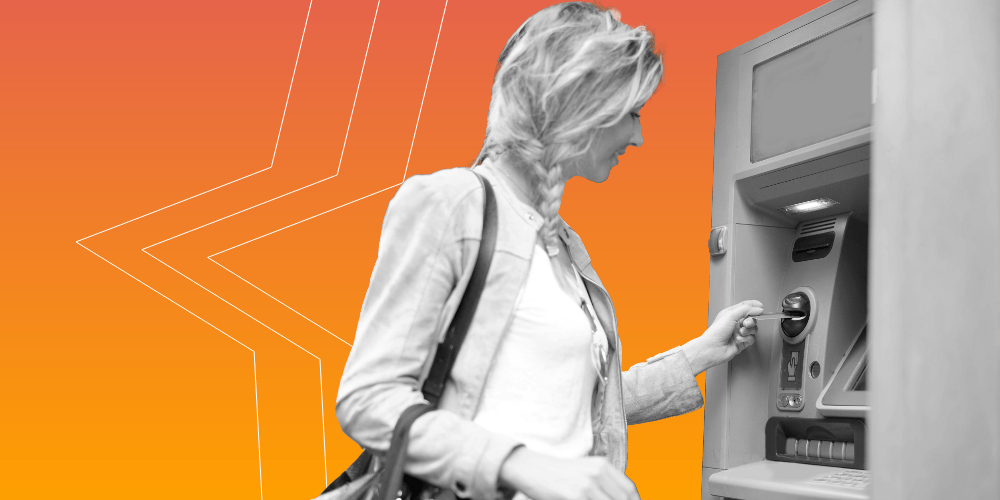
Spending and Expenses
Taking financially responsible steps, such as making a budget and paying off your credit card in full, can help manage expenses and avoid debt. Track your expenses from month to month to identify trends and overspending. Our expenses typically fall into two categories: essentials or discretionary expenses. Essentials include regular costs like housing, food, child care, and utilities, while discretionary expenses include extras, such as vacations, entertainment, and luxuries.











